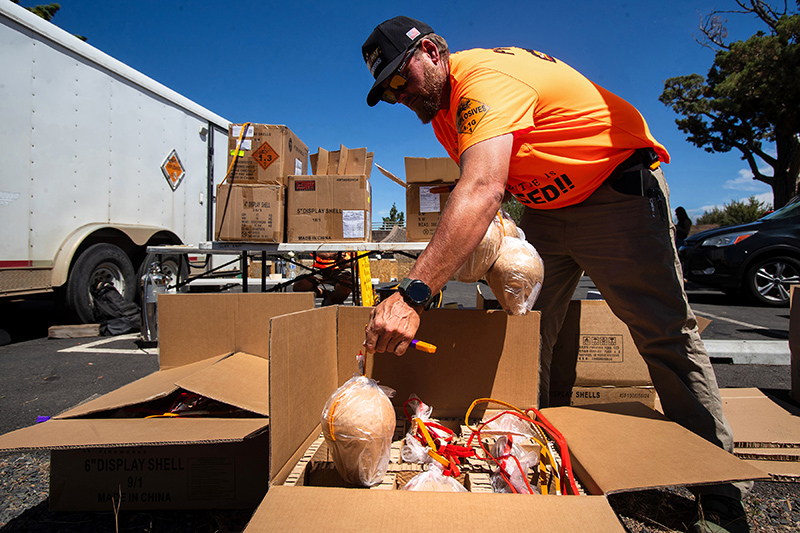Guest column: PERS solution requires many difficult steps
Published 12:00 am Wednesday, February 14, 2018

- Guest Column
On Dec. 1, 2017, Oregon got a preview of how much more will be required to be paid into the Public Employees Retirement System in 2019-21 and beyond. No surprise, the estimated required contribution rates are going up dramatically. PERS contribution rates are not anticipated to drop substantially until 2035. What do the contribution rate increases mean for Oregon? It means system average base contribution rates will increase from 20 percent to 25 percent of payroll — not 5 percent, but 5 percentage points, with more increases coming.
Yikes.
PERS isn’t a black-and-white issue. Our public employees deserve a retirement system they can count on, and contributions into that system are part of what we as taxpayers need to pay if we want quality services. However, that needs to be done prudently, and we have a responsibility — taxpayers and beneficiaries — to work towards PERS sustainability. To that end, PERS is sorely in need of a tuneup.
Think about your first instinct when your car’s engine warning light comes on. Do you habitually ignore it? Or do you ditch your car on the side of the road? Probably neither. You identify the most obvious issues and work from there. If your car comes into the garage with a flat tire and your mechanic immediately starts replacing the engine, get a new mechanic.
What can the state do? There are several options. None of them are good, and all of them will need to be used. In no particular order, they are:
1) Capture increased state taxes. According to the Oregon Legislative Revenue Office, due to the recently passed federal tax legislation, the state stands to receive more than $1.1 billion between now and 2027. This is “unexpected tax revenue.” There is loss in the first two years followed by gains in the next eight. The state can work to create a mechanism to capture a significant portion of the projected gain. Dedicate the funds to pay down the $25 billion unfunded liability.
2) Increase employee contributions. Curb excess inflators of income to restore public confidence. The state Supreme Court has ruled that benefits earned to date can’t be changed. Left open is addressing benefits going forward. Outside income counting toward retirement, pension spiking and public employees paying little or nothing for their own retirement must be on the table.
3) Examine all programs/services offered. The state will have to decide what is important. The approach of everything-is-important does not work. If everything is important, nothing is important. Saying no to more is hard, but necessary.
4) Reduce expenses to deliver investment returns. An audit of the cost to deliver investment returns showed the state in the middle of its peer group with respect to cost of delivery of services. Continue the work to move to be a lower cost provider. Use the savings to pay down the unfunded liability.
5) Pursue asset sales. The Governor’s task force provided several options to reducing the unfunded liability. Some of the ideas may not be feasible; some are. Move forward expeditiously with what can be accomplished. Use the money to pay down the unfunded liability.
PERS is an alligator eating the state, county, city and school budgets. To think clearly and not confuse thinking with merely rearranging our prejudices is vital.
There is nuance in looking at PERS impacts. It will require shared sacrifice. Everyone will face some pain. The challenges of PERS can’t be solved with only one option. The issue is not which option, it is how much from each option. Do we really have to wait 17 years before we see relief from PERS costs? That’s a lost generation of kids in school.
— Jeff Gudman is a Lake Oswego City Council member. The column is a reflection of his views and not necessarily those of the City Council.








